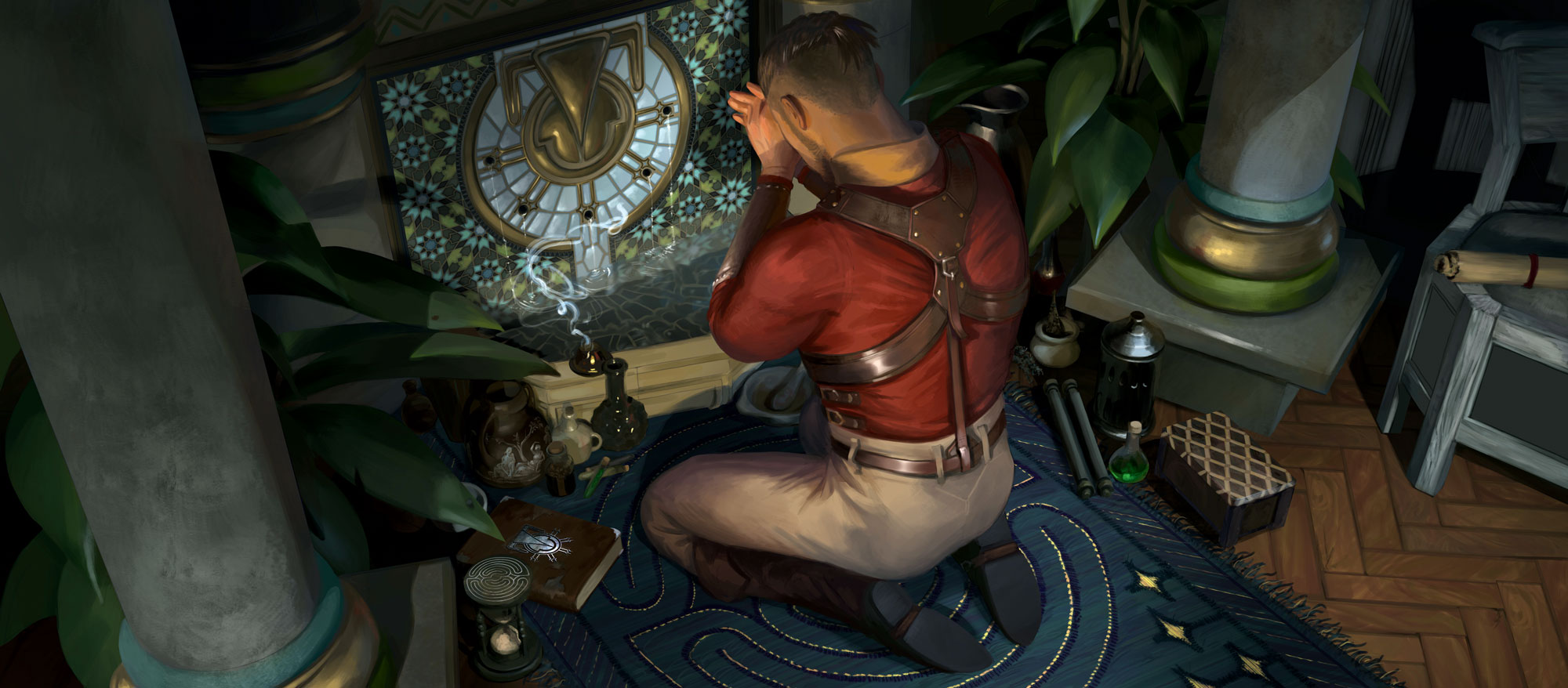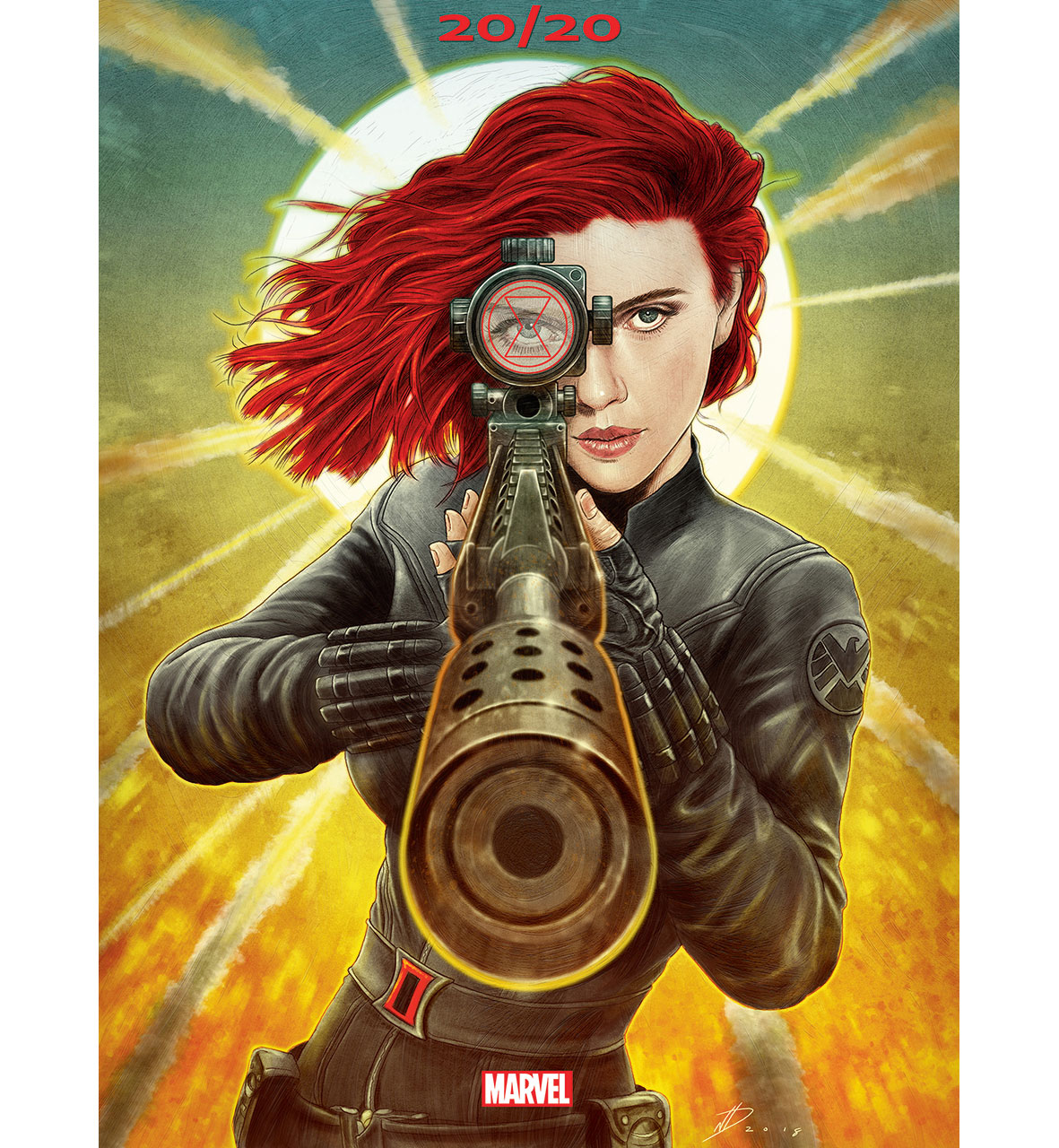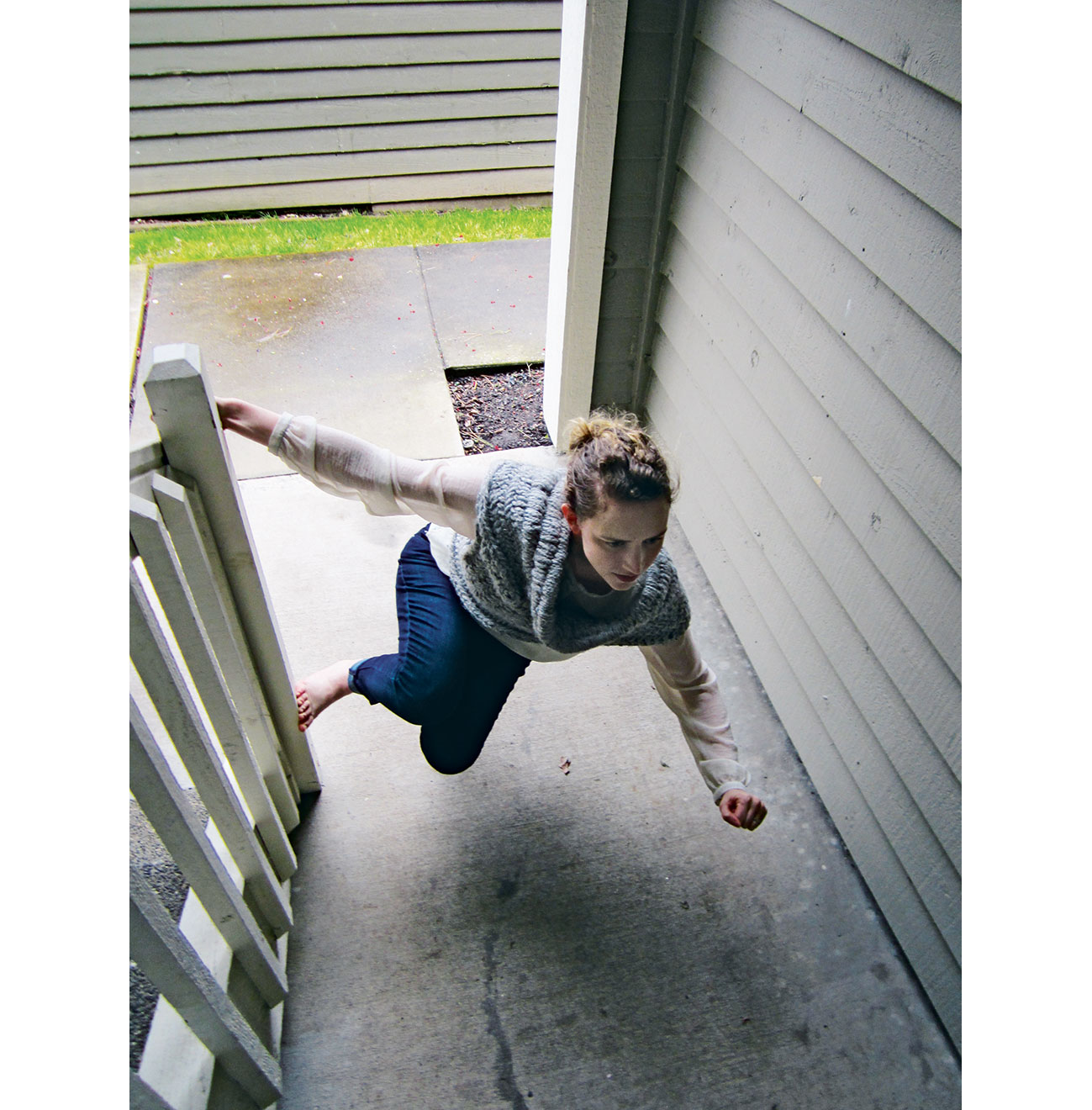How to use reference images: 13 essential tips for artists
Reference images are a powerful resource – here's how to use them well.

Reference images, if used well, can be dynamic resources. But knowing how to use them properly is vital if you want to end up with a believable piece. Simply relying on your visual recall is not the best way to end up with an exact representation because there are too many elements to drudge up from the depths of your memory. This is where reference images come in handy.
In this article, we list tips from professionals that'll help you use your references images in the most successful way possible. On page one, you'll find general tips on how to approach using reference images, and jump to page two if you want more specific advice on the principles to follow when using reference to create art.
Want to start with some brilliant drawing tutorials? See our guide to how to draw, which rounds up out pick of the best classes. For a more technical guide to image types, head to our guide to image file formats.
Should we use reference images?
Recently, the hashtag #ArtistConfessions took off on Twitter, and one of the most popular confessions artists shared was 'using references'. This is bizarre because, as British illustrator and caricaturist Neil Davies pointed out, that’s exactly what artists should be doing.
"That’s not something that needs to be confessed, we all use reference!" he tweeted. "Look at probably the most famous American illustrator, Norman Rockwell: I have a book just of his reference photos! Or Drew Struzan: he didn’t make up poses, he took photos of himself!"
So where has this idea – that using references is bad – come from?
"There’s a kind of purist mindset on certain parts of the internet that says using reference for anything more than studying is disrespectful," says North Carolina artist Ivy Dolamore "I think it stems from a frustration with people who trace and recreate what they see without really understanding it. Being a 'copier' isn’t flexing your creativity."
Daily design news, reviews, how-tos and more, as picked by the editors.
01. Identify the grey area

Using references isn't the same as simply copying, of course, but there can sometimes be a grey area between the two. "The biggest problem is when artists adhere too closely to the reference image," says California-based illustrator Kelley McMorris. "Sometimes a pose or perspective can look natural in a photo, but awkward and stiff in a drawing. It's important to modify the reference to serve your drawing, not the other way around. Or as my professors sometimes said, 'Don't be a slave to your reference!'"
Suzanne Helmigh concept artist and illustrator working in the game and film industry in The Netherlands, agrees. "The key is to understand what you're looking at and not simply draw what you think you see," she says.
"I used to teach people how to paint portraits and I made them study the skull and facial muscles before portraying actual faces. This helped them tons in understanding the proper volumes and proportions."
02. Combine your references

Davies feels it's important to use more than just one reference. "I'll always try to find a good selection of images to look at, even when I'm drawing from one main one," he says. "I'll often use one reference photo for drawing a face, for example, then another for a lighting reference, and maybe another for a colour scheme idea. Combining lots of different references is a great way to be creative."
Speak to most pro artists and you'll hear a similar story. Admittedly, one notable exception is Korean comic artist Kim Jung Gi, who famously doesn't use references. Even he, though, doesn't purely rely on his imagination. As he explains in an interview on his website: "I observe things all the time. I don't take references while I'm drawing, but I'm always collecting visual resources. I observe them carefully on a daily basis, almost habitually. I study images of all sorts and genres."
03. Watch out for copyright
So where can you find references? Google Images and Pinterest are the obvious go-tos, but don't forget about copyright. "Sometimes I worry that I've stuck too closely to a photo that I found online," says McMorris. "So if I do use photos from online sources, I try to find copyright-free stock photos, and I always try to change the reference substantially. For example, I might change the model's costume, or only use their hand for reference rather than the entire pose."
04. Create your own references

Alternatively, McMorris will simply cut out the middleman and shoot her own references. "I usually just dig through my closet for something I can use as a costume, grab whatever's lying around the house as a prop, and take a few shots with my phone," she explains. "It only takes a few minutes, but can save me an hour of struggling to draw from imagination. By taking your own photos, you'll not only avoid any copyright infringement, but you'll also learn about what kinds of poses, angles and lighting work best for reference."

That said, photography is just one way to create your own references. Dolamore, for example, creates her own 3D model references using DesignDoll, helping her to map out poses, perspective and shadows. "This gives me a result I like, although you can't just copy what DesignDoll gives you, either," she says. This does, of course, take a little time. And Samuel Read, a concept artist at Mighty Kingdom based in Adelaide, admits that, until recently, time pressures dissuaded him from using references as often as he should, even while he was recommending the practice to others.
As Read explains, "Although I used reference for things like inspiration and developing ideas, I was lacking in using photos and life drawing for task such as posing my characters, making expression studies, and designing different kinds of hands, feet, eyes, noses, mouths and so on."
05. Analyse your process

The #ArtistConfessions hashtag made Read rethink his process and focus more on these areas – and this approach has made an impact in his work. "The use of more varied reference photos, as well as drawing from life, have started to teach me more about the different ways in which people are constructed, and methods of communicating ideas, such as making someone's hands read as old, weathered and tired, or hard and strong," Read says.
Using references can be full of pitfalls, but done in the right manner it'll make you a better artist. "Listening to professionals proudly saying they use reference has helped me immensely," says Dolamore. "Learning that work I admire isn't created out of thin air gives me the confidence to think, 'Oh, I can do that, too'. I've stopped thinking as much about the purism and more about how I can achieve that initial vision. Why not use the tools available?"
The content was originally published in issue 177 of ImagineFX, the world's best-selling magazine for digital artists. Buy issue 177 or subscribe to ImagineFX.
Next page: step-by-step tips for using reference images
